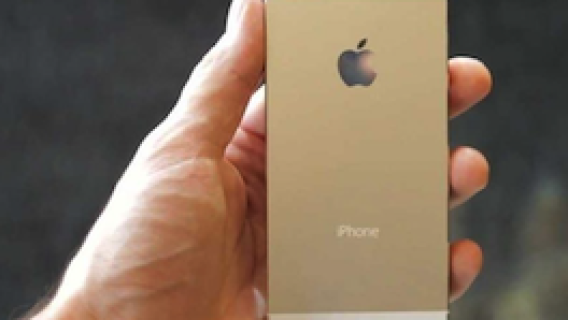After a rough stretch in 2015 and 2016, Apple (AAPL) has bounced back nicely, nearly doubling since bottoming at 90 two years ago. How did it happen? Sales and earnings perked up following a rare lull, and AAPL stock recovered all of its losses from the overreaction to the lull. The rally in AAPL did not have much to do with excitement about new product launches, however. Which brings me to the new Apple buyback plan, announced during the company’s second-quarter earnings call on Tuesday.
Apple Buyback: $100 Billion!
In the post-Steve Jobs era, Apple has seemed to lose the innovative juice that made it such a Wall Street and Main Street darling. Don’t get me wrong; the company is still widely embraced in both places. But Apple doesn’t engender enthusiasm or wonder the way it once did—or the way Amazon (AMZN) and Google (GOOG) still do. Investors have grown bored of the endless churn of iPhones, hoping Tim Cook will finally roll out something that’s truly new. And as Tuesday’s earnings report revealed, consumers are also starting to grow weary of the iPhone; second-quarter sales fell short of analyst estimates.
But the iPhone shortfall wasn’t the lead headline from Apple’s earnings announcement. A record $100 billion share buyback program was. Perhaps in response to criticism that it doesn’t return enough of its massive cash reserve (now up to $667 billion!) to shareholders, Apple plans to buy back $100 billion of its own stock, and increase its dividend by 16%.
[text_ad use_post='129622']
The Apple buyback plan and dividend increase helped overshadow the light iPhone X sales, pushing AAPL shares up more than 4% in Wednesday trading. At 176 as of this writing, AAPL is within striking distance of its all-time high (181), established in early March. While buybacks are certainly nothing new—and a familiar trick big companies use to goose share prices—the record-setting nature of the Apple buyback is striking. The buyback alone is larger than the market caps of Goldman Sachs (GS), PayPal (PYPL) and Starbucks (SBUX)!
This was an Apple announcement that caused people to drop their jaws the way they used to in the early days of the iPhone, iPad or iPod. Of course, to get them to do it again, Apple will need something other than another iPhone. That doesn’t mean the stock won’t continue to chug along the way it has for the past couple years. Analysts, after all, expect 23% EPS growth and 13% sales growth this year, both of which would be three-year highs.
But here’s the thing: the strong returns in AAPL stock in the last two years came on the heels of its big 2015-2016 drop. The net return in the last three years is still a fairly modest 32.5%, not that far ahead of the 25.2% run-up in the S&P 500. For comparison, AMZN has more than tripled during that time, while GOOG has nearly doubled.
AAPL Will Need a Bigger Catalyst
Now that Apple stock is close to all-time highs, it will be difficult to replicate its performance over the last two years, much of which was a recovery. To keep pace with the likes of AMZN stock, GOOG stock, Netflix (NFLX) and others, Apple will need more than share buybacks, dividend increases and endlessly updated iPhones.
Wall Street is quite familiar with all three.
If you want to invest in stocks that will grow at a much faster pace than Apple, take a look at one of our growth advisories, Cabot Growth Investor, which has been helping investors double their money since 1970.
[author_ad]

